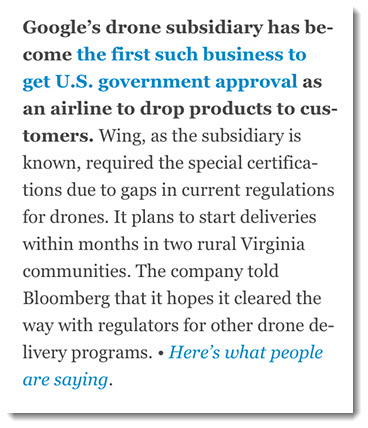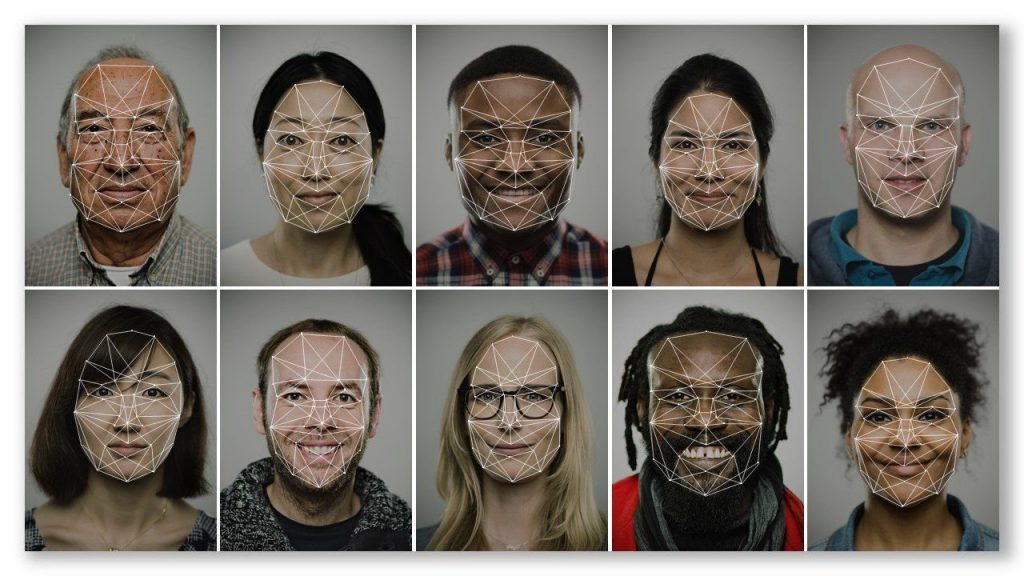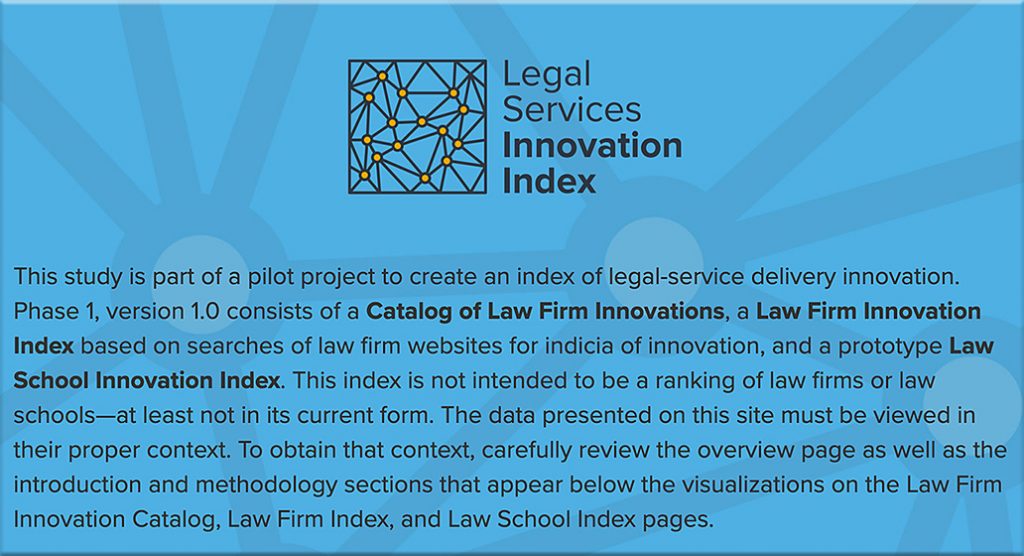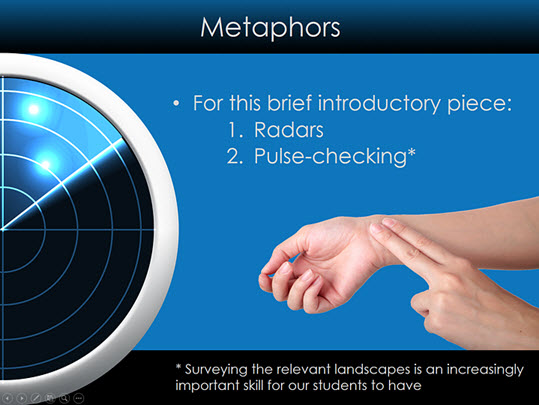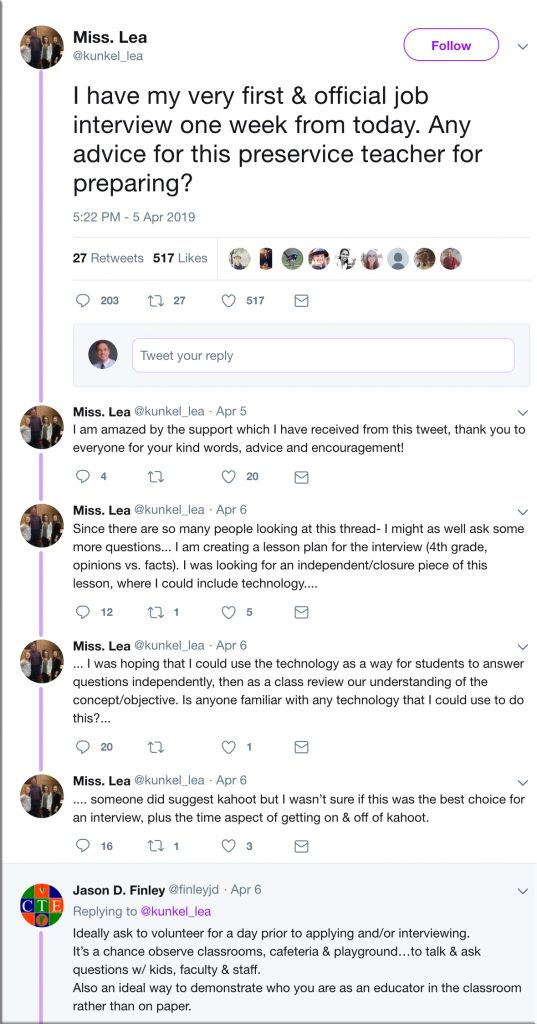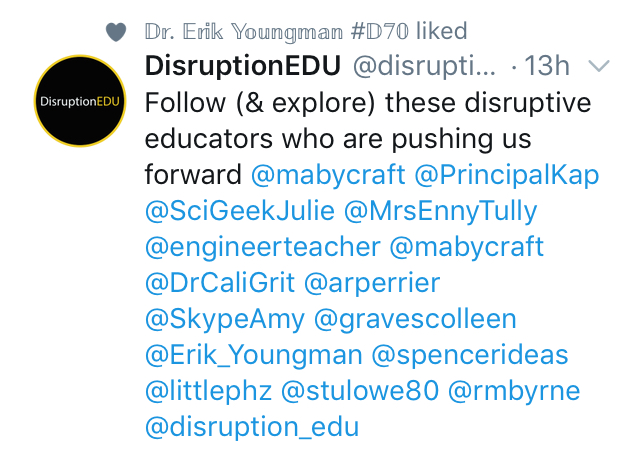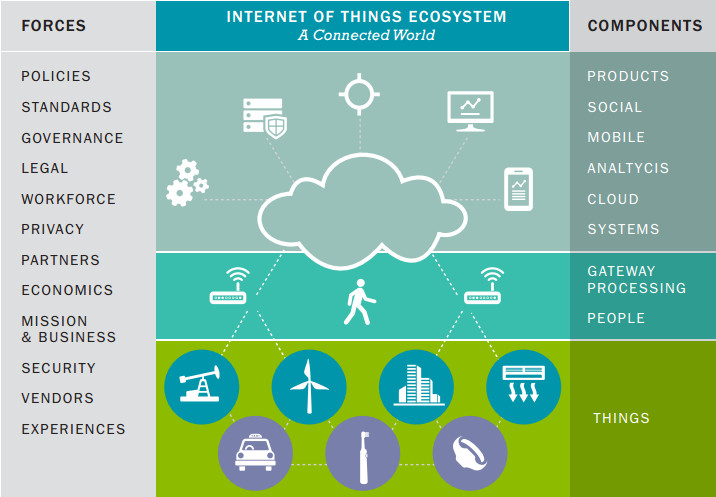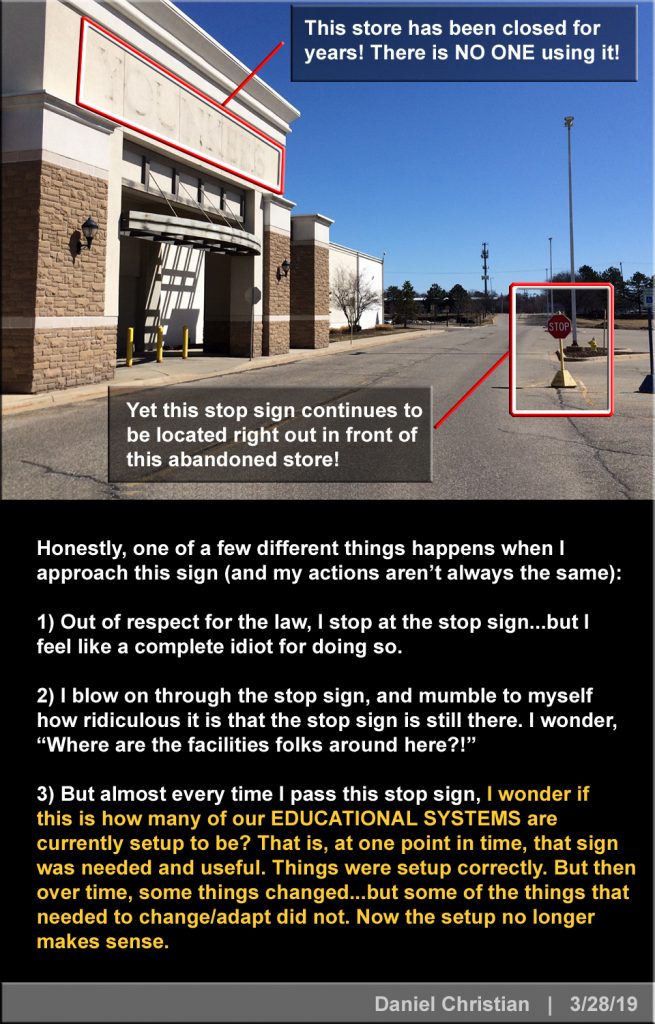Through the legal looking glass — from lodlaw.com by Lawyers On Demand (LOD) & Jordan Furlong
Excerpts (emphasis DSC):
But here’s the thing: Even though most lawyers’ career paths have twisted and turned and looped back in unexpected directions, the landscape over which they’ve zig-zagged these past few decades has been pretty smooth, sedate and predictable. The course of these lawyers’ careers might not have been foreseeable, but for the most part, the course of the legal profession was, and that made the twists and turns easier to navigate.
Today’s lawyers, or anyone who enters the legal profession in the coming years, probably won’t be as fortunate. The fundamental landscape of the law is being remade as we speak, and the next two decades in particular will feature upheavals and disruptions at a pace and on a scale we’ve not seen before — following and matching similar tribulations in the wider world. This report is meant to advise you of the likeliest (but by no means certain) nature and direction of the fault lines along which the legal career landscape will fracture and remake itself in the coming years. Our hope is to help you anticipate these developments and adjust your own career plans in response, on the fly if necessary.
So, before you proceed any further into this report — before you draw closer to answering the question, “Will I still want to be a lawyer tomorrow?” — you need to think about why you’re a lawyer today.
…
Starting within the next five years or so, we should begin to see more lawyers drawn towards fulfilling the profession’s vocational or societal role, rather than choosing to pursue a private-sector commercial path. This will happen because:
- generational change will bring new attitudes to the profession,
- technological advances will reduce private legal work opportunities, and
- a series of public crises will drive more lawyers by necessity towards societal roles.
…
It seems likely enough, in fact, that we’re leaving the era in which law was predominantly viewed as a safe, prestigious, private career, and entering one in which law is just as often considered a challenging, self-sacrificial, public career. More lawyers will find themselves grouped with teachers, police officers, and social workers — positions that pay decently but not spectacularly, that play a difficult but critical role in the civic order. We could call this the rising career path of the civic lawyer.
…
But if your primary or even sole motivation for entering the law is to become a wealthy member of the financial and political elite, then we suggest you should start looking for alternatives now. These types of careers will be fewer and farther between, and we suspect they will be increasingly at odds with the emerging spirit and character of the profession.
A prediction (which they admit can be a fool’s errand):
Amazon buys LegalZoom in the US as part of its entry into the global services sector, offering discounted legal services to Prime members. Regulators’ challenges will fail, signalling the beginning of the end of lawyer control of the legal market.










